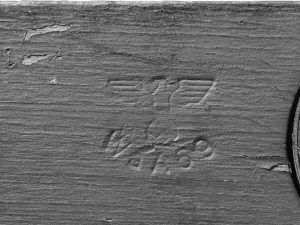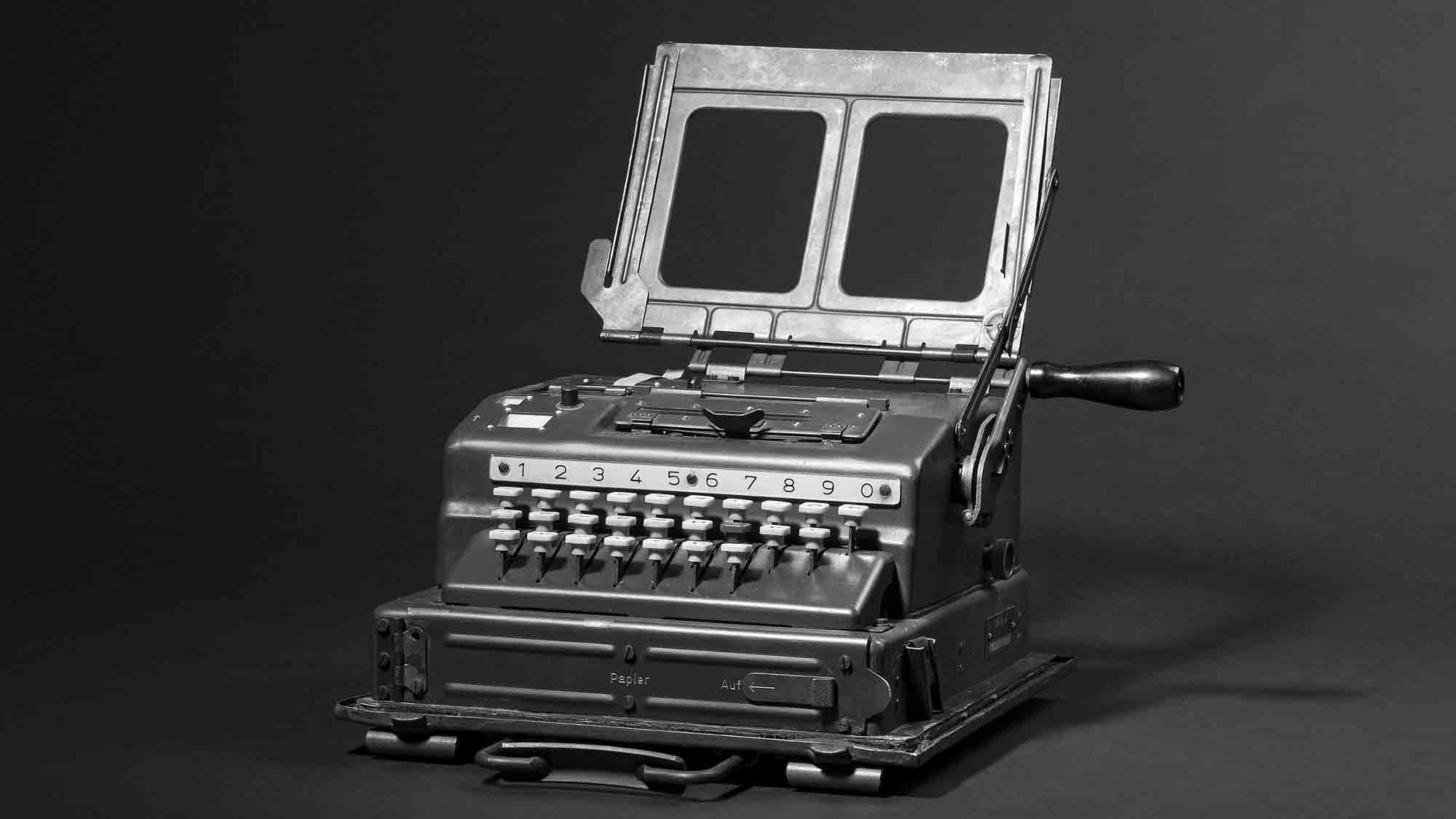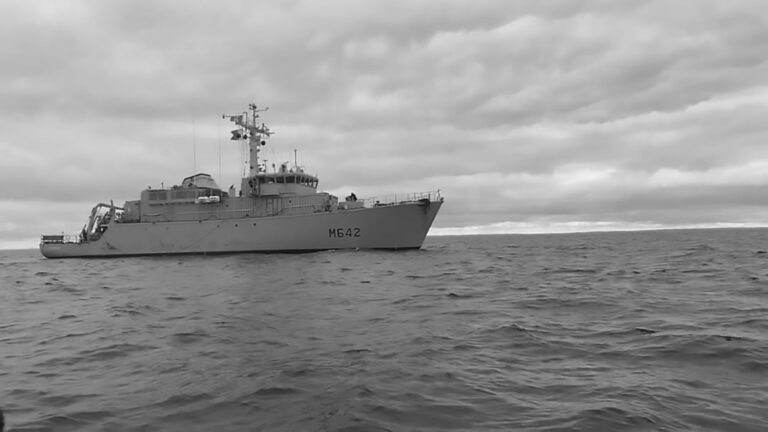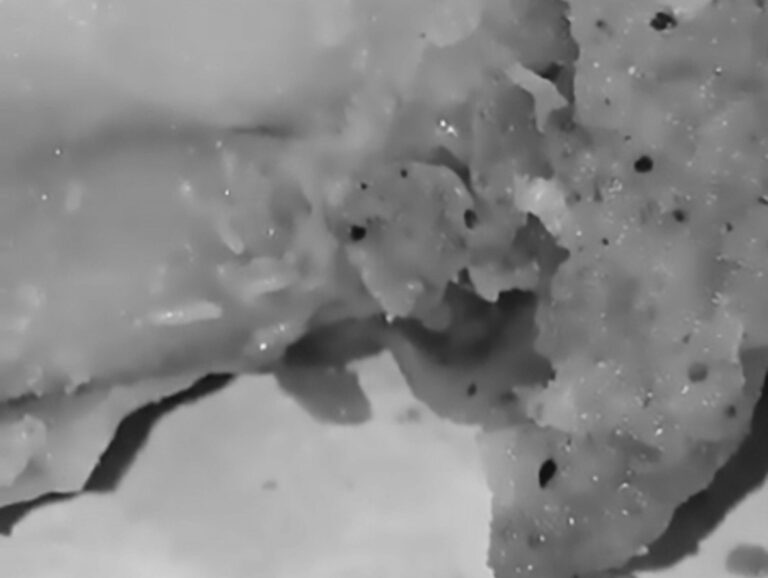A Nazi decoding device which replaced the Enigma machine after it was cracked by British mathematician Alan Turing is set to go under the hammer 74 years after World War II ended.
Around 500 ‘Schluesselgeraet 41’ or ‘SG-41’ (‘Cipher machine 41’) decoders were used by the Nazis before the end of the war.

The machine was also nicknamed the ‘Hitler Mill’ because of the crankshaft soldiers had to turn to operate it.
According to the Hermann Historica auction house in the German city of Munich: “The war would have lasted much longer if the Germans had deployed the SG-41 earlier.”
On the 74th anniversary of VE Day (Victory in Europe Day; 8th May – today), Hermann Historica announced that the Hitler Mill will be auctioned on 24th May, with bids starting at 75,000 EUR (64,400 GBP).
A Hermann Historica spokeswoman said: “Those in the know are one step ahead, but victory comes to those who know more at an early stage. Working on this assumption, the British secret service had assembled the country’s most outstanding analysts at Bletchley Park, people from a wide range of professions, to collaborate on decrypting the enemy’s coding machines.
“While the leaders of the Wehrmacht, apart from a few warning voices, were reassured by the fact that the legendary Enigma cipher machine was said to be unbreakable, the British cryptanalysts, led by Alan Turing, had already deciphered its underlying principle in spring 1940 and were able to transform encrypted messages into plain text at the flick of a switch from 1941.”

As a result, the Germans started to develop the Hitler Mill as their new deciphering machine at the Wanderer Werke factory in Chemnitz.
The auction house spokeswoman said: “Unlike the Enigma, which used lamps for the letters, it worked with two reels of paper. The encryption process involved turning the drum 360 degrees with the attached crankshaft. This rotated six cipher wheels, rather than the previous three, of differing sizes, in a highly irregular motion, sometimes even backwards.
“Moreover, the position of one wheel affected the movement of the others. The recipient had to set the wheels in the identical starting position before entering the encrypted text. The plain text and the encrypted message were printed in parallel on two strips of paper.”
Hermann Historica described the Hitler Mill as a “device so rare that even the world’s largest science and technology museum, the Deutsches Museum in Munich, was thrilled to receive recently”.
The museum’s Hitler Mill was found by treasure hunters Max Schoeps and Volker Schranner with their metal detector in May 2017 in a forest near Aying, a town in the German state of Bavaria.
As most of the machines were destroyed at the end of the war and only a handful are said to have survived, Hermann Historica’s Hitler Mill with identification plate ‘Schl. Ger. 41 / 000352 cxo 44’ is said to be a real gem.
The spokeswoman said: “In recent years, no example of this ultra rare machine in a good condition has surfaced on the market.”

English experts failed to decipher the new Hitler Mill, but as the Germans only managed to manufacture and put into service around 500, it did not manage to turn the tide for their forces.
The spokeswoman said: “Accordingly, the allies described the cipher machine with deference as a “remarkable machine”.
“How many more years World War II would have lasted, had this new encryption technique been deployed earlier, is still widely debated today, although the outcome was probably inevitable.”
To find out more about the author, editor or agency that supplied this story – please click below.
Story By: Koen Berghuis, Sub-Editor: Joseph Golder, Agency: Central European News




